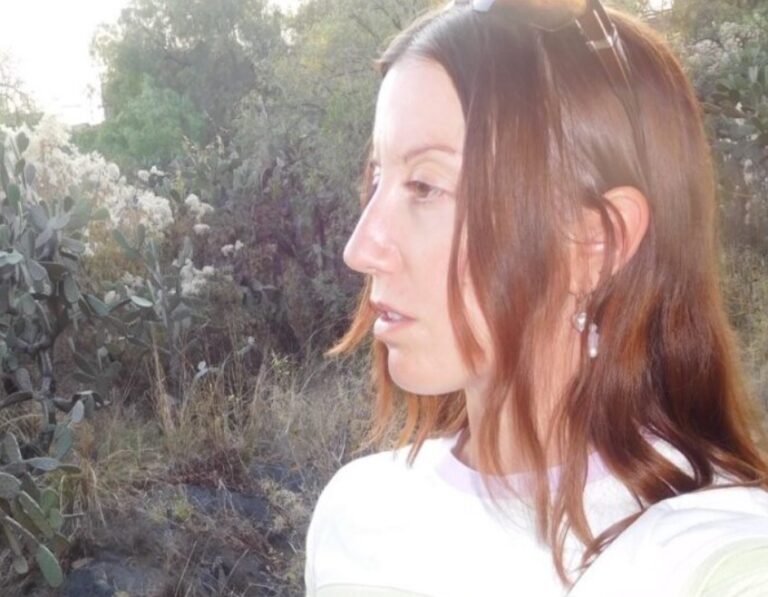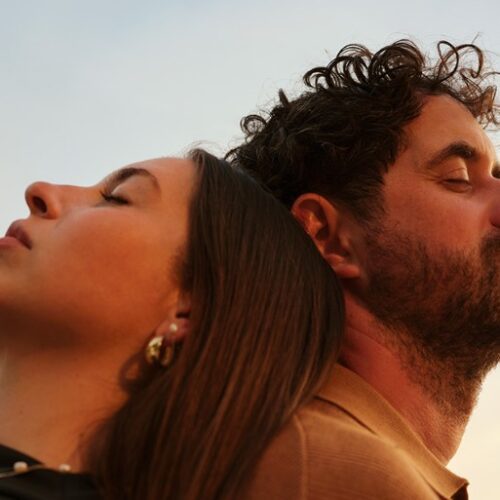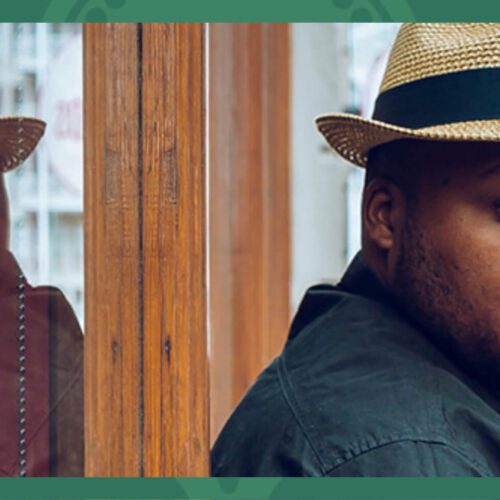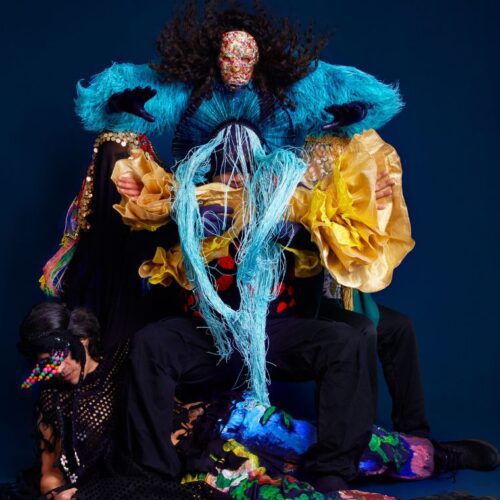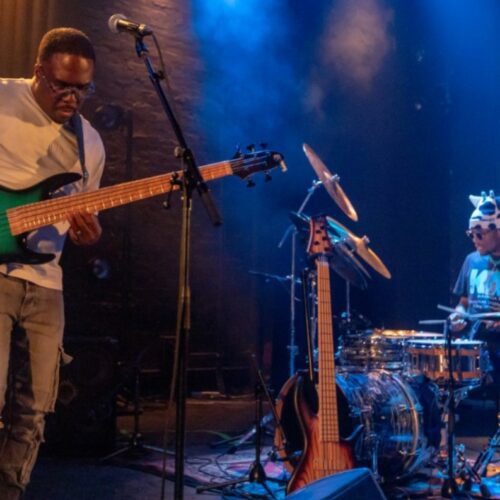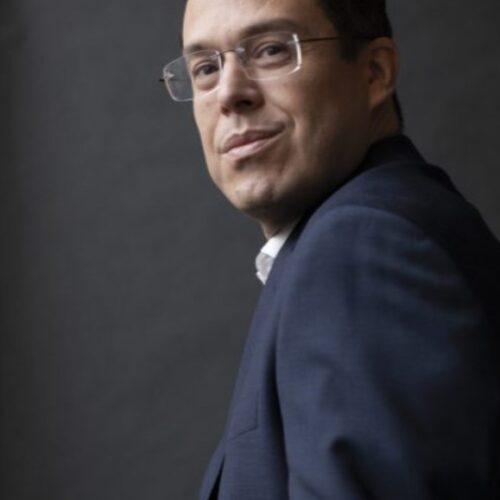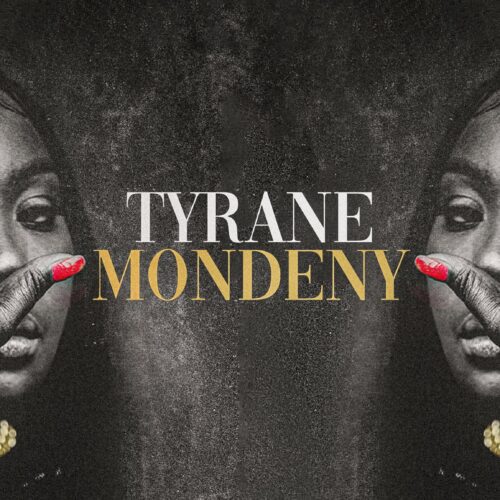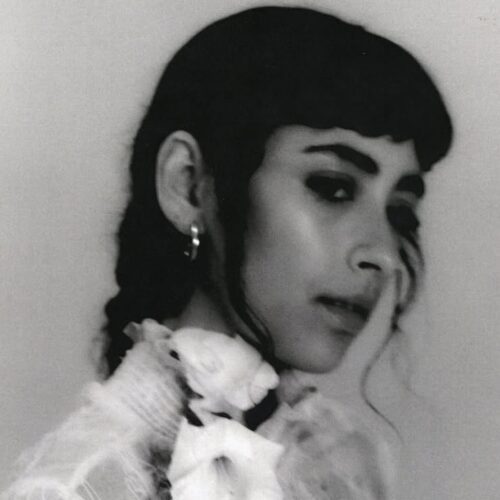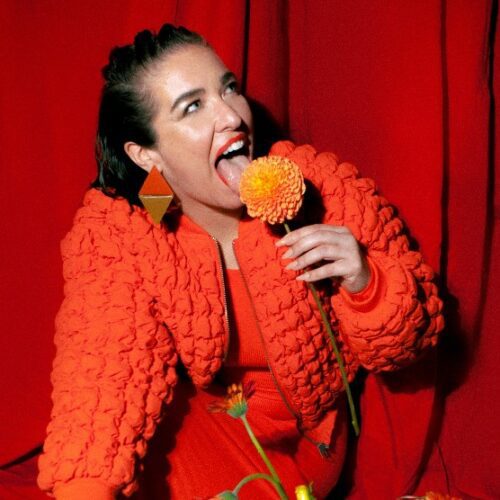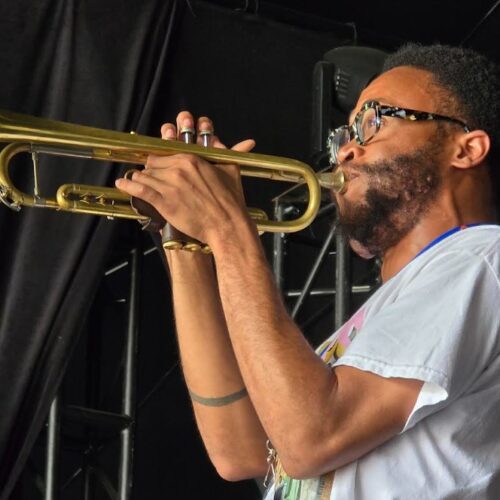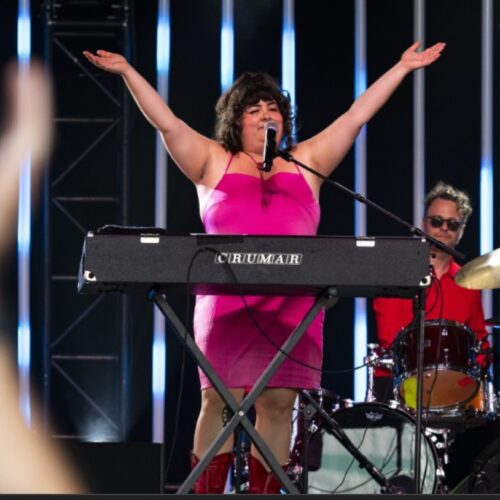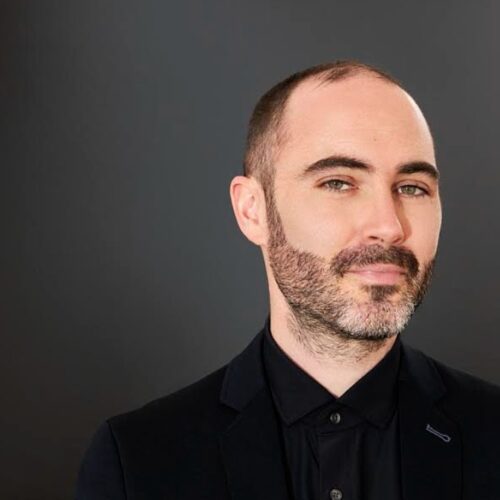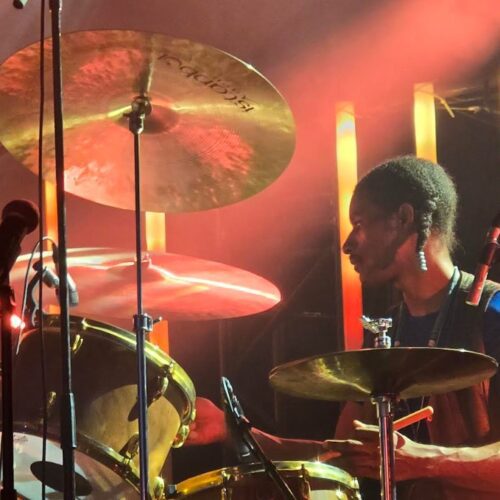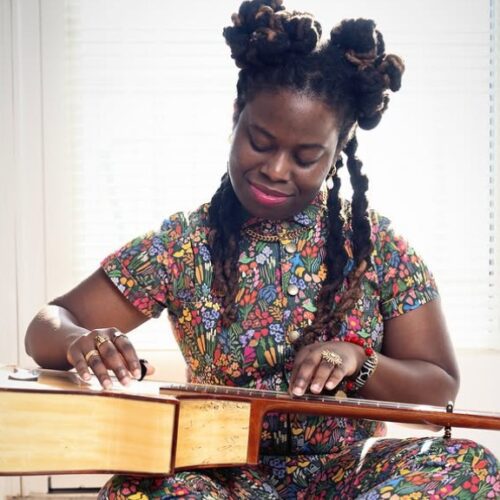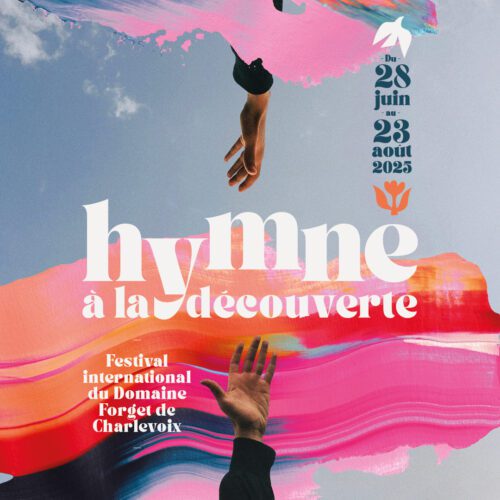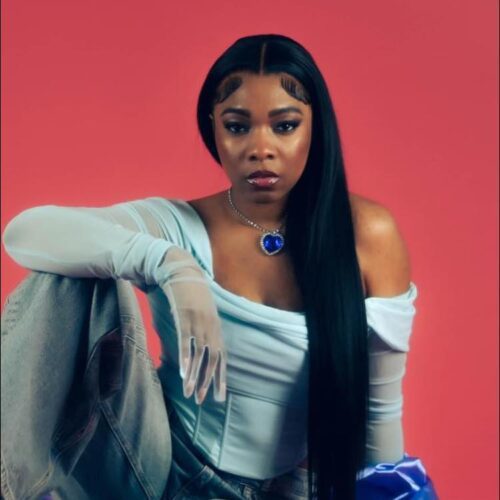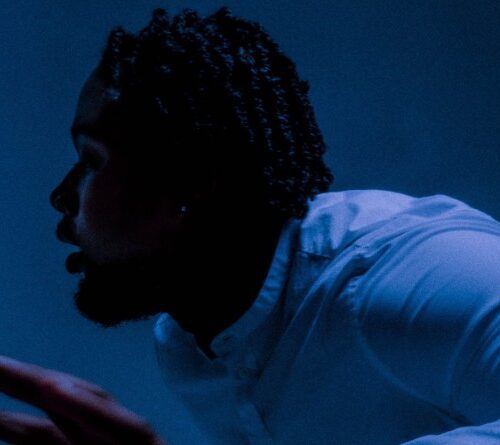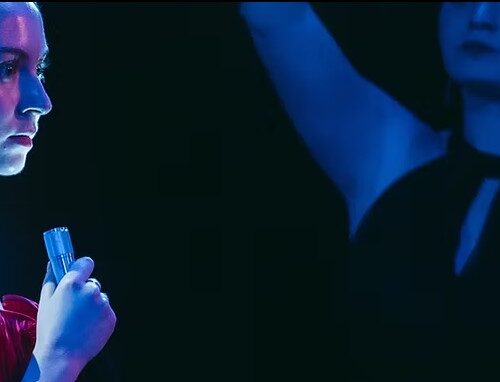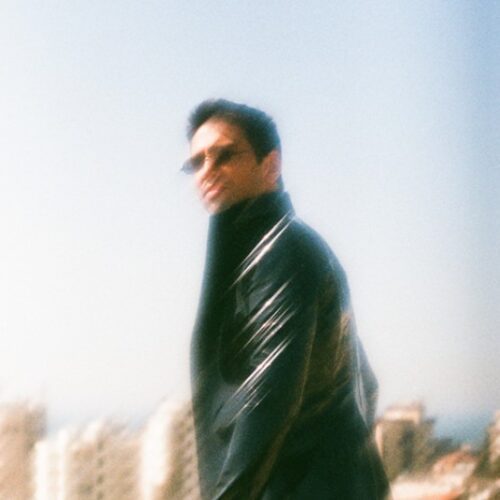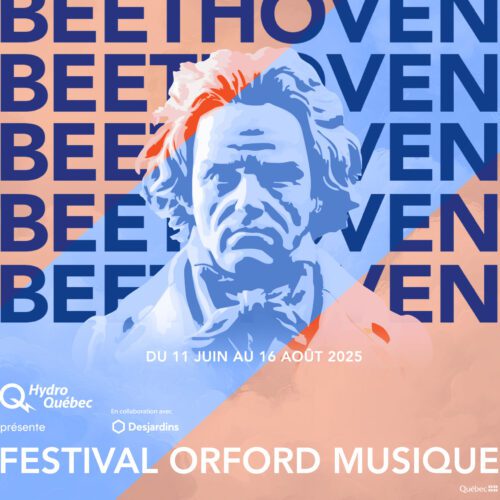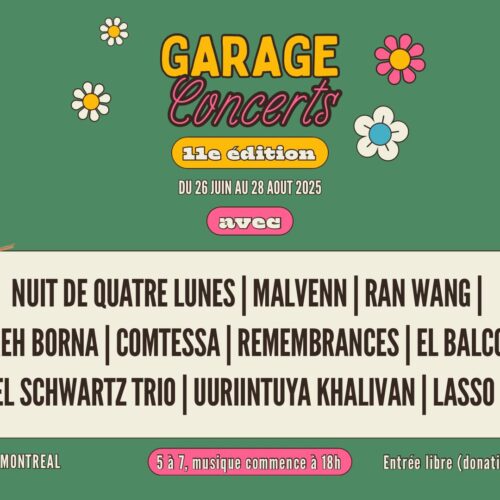Additional Information
Amanda Harvey, also known as IRL, is one of Montrealʼs most engaged sound artists and musicians. Her studied approach comes from years of actively creating communities and nourishing her understanding of sound. If IRLʼs soundscapes represent this depth, it is because they inspire themselves from various listening practices with vast social meaning.
From being a core member of ffiles, a feminist radio collective, to co-producing A Kind of Harmony with Julia Dyck—which investigates multidisciplinary sound practices through a social and environmental lens—Amanda Harvey follows where the heart leads and isnʼt afraid to question her own beliefs. What is between the ears—but more importantly, what does the body feel? Her sound is crafted with deep care and a heightened sensitivity to space, as it speaks to be heard.
The approach to space as a medium in her works will inevitably lead to interesting results in S.A.T.ʼs dome, as she prepares for her Substrat performance on Thursday May 1st, sharing the stage with Bénédicte, Micheal Gary Deen & Freddy Speer. In this interview, Amanda Harvey talks about her learnings from A Kind of Harmony, the importance of community, the evolution of her spatialization practice, and her approach to embodied sound.
PAN M 360: I’m wondering if we turn the tables: what are some important lessons that you’ve learned producing A Kind of Harmony that have affected your own discipline?
IRL: One thing I definitely learned came from one of the participants of this current season—the person I just mentioned, AM the geographer. In their interview, they talk about how not all spaces—natural spaces—want to be recorded. And so, when you approach recording a natural or outdoor space, you should sit with that space and see if the intention is there for you to record. Sometimes the space is going to refuse you, or you’re going to feel as though you’re not actually, in that moment, welcome. This is something I had never encountered in all my years of researching sound, place, and space. I found it extremely eye-opening because it wasnʼt a practice I personally had. Moving forward, if Iʼm doing field recording of any sort and arrive in a space that feels like it doesnʼt want to be recorded or remembered in that moment or in that way, I wonʼt actually record. Thatʼs been a major takeaway Iʼve learned from this season.
PAN M 360: Wow, thatʼs very interesting—itʼs like a completely different approach to listening. Almost like listening to the space as being.
IRL: Exactly. Iʼm pretty sure they say something along those lines—like, you have to sit with and listen to the space, and the space will tell you whether or not you should take that recording. Because it is extractive in a sense.
Another participant we interviewed, Sandra Volney, who is actually based here, looks at how recording sounds of the earth can actually alert us to global warming and the earth heating up. I knew conceptually that this was possible, but speaking with an artist who puts that into practice and works with scientists to collect this data and create sound works from it was also super eye-opening for me.
PAN M 360: That makes a lot of sense to me, because you’re connecting people with their sensitivity—it makes the issue more personal. In this sense, Iʼm curious about your own practice of retrieving sounds. You’ve explained thereʼs a preliminary approach of listening to the space. Has this changed your way of listening over time?
IRL: I think especially over the last year, my way of listening has shifted—not only because of producing the podcast, but also due to things that have happened in my own life. Before, when I approached field recording or recording natural or outdoor environments, I would be a little hasty. Whereas now, I feel I really need to sit in a space and ground myself before I record.
I think a lot more intention goes into it now—like, feeling how the sound resonates in my body and whether or not thatʼs something I want, you know, an active memory of, something I can refer back to. So Iʼve become a lot more intentional, and maybe a bit pickier, about what I record, when, and what those recordings are used for. Because I donʼt think everything needs to be shared. Itʼs very sensitive—it feels a lot more intimate now than before.
PAN M 360: When you talk about the importance of knowing what itʼs going to be used for, I guess itʼs also a question of where itʼs going to be played and who itʼs going to be played to. How has that relationship between audience, sound, and space evolved for you? I know you organize and play events in Montreal and are very involved in the community. Is this, to you, a way of bringing the impact of what you’re learning into a wider sense?
IRL: Yeah, definitely. I was part of a long-running collective that still exists today— the ffiles, a radio collective. When I was working with them, we were very feminist-focused. That really rooted me in the wider community in Montreal and drew a parallel between my sound art practice and my relationship with the community here.
That platform allowed me to meet many people and gave artists a space to discuss their work. We had an n10.as show for many years where we booked people—mostly queer, fem-identified, and LGBTQIA folks—to come on and play. It helped me grow and build my relationships within the community.
I also want to say that without the community around me and the people Iʼve met in Montreal, I wouldnʼt have a music or radio practice. Iʼve had a lot of people offer me time, energy, and platforms to showcase what I can offer. Without that support, I honestly donʼt think Iʼd have a practice at all.
PAN M 360: I guess you could say you have a pretty solid base. You’re doing n10.as, A Kind of Harmony, you’re part of ffiles, and now youʼre doing Substrat at the S.A.T. How do you see this moment in your development as an artist?
IRL: Itʼs a huge moment in many ways. How do I want to put this… itʼs pushed me to elevate my workflow and creative practice in a way I was kind of avoiding. Iʼm completely self-taught—I didnʼt go to music school or take lessons. Most of what Iʼve learned has come from friends or learning on my own, intuitively. This show has shown me where I need to improve in order to excel—or at least to showcase work that sounds good on a basic level.
PAN M 360: What would you say is something you had to work on in preparation for Substrat?
IRL: Because I work primarily with hardware and modular synths, I had to focus more on using a DAW. I had to learn a lot about audio routing—which I knew nothing about before—and also understand general recording rules: levels, frequencies, EQ.
When I produce, itʼs mostly just vibes—and in a live context, that doesnʼt always translate. Iʼve played shows with gear that sounded terrible, and I walked away from those shows feeling defeated, not really knowing where I went wrong. But this project pushed me to see where I need to grow. Iʼm still learning a lot as a musician. Working in a space like the dome requires so much to produce a piece thatʼs engaging, sounds beautiful, and also functions technically. Itʼs been extremely challenging, but Iʼm very grateful to have been pushed.
PAN M 360: I’m sure learning all this spatialization wonʼt go to waste. You’ve done it before at the PHI Centre, and it seems like it’s becoming part of your practice. Do you think about space when you’re creating a piece?
IRL: Thatʼs a great question. When Pablo, the engineer we were working with at the S.A.T., heard some of my sounds, he said: “Okay, a lot of your sounds are recorded in this kind of spatial way—theyʼre already spatialized in how theyʼre composed.ˮ
In my practice, I always think about using sound to envelop the listener and put them in a trance, so they lose track of time—take them out of the space and into their body.
PAN M 360: Talking about space—what do you think about Substratʼs use of the dome exclusively for sound? And more broadly, how do you feel about visuals over music—or the lack thereof?
IRL: When they book you for the series, they tell you: there are no visuals in the dome. Personally, I prefer that. Visuals, especially when you’re confronted with screens, really change the experience. I’d love to perform in a space where people can just close their eyes, and I’m not even part of the performance—where all they hear is the sound. Thatʼs literally a dream come true for me.
Of course, visuals can enhance a performance. If I were working with a VJ, I know exactly who Iʼd choose and the kind of material theyʼd use—it could definitely enhance it. But visuals can overpower or detract from the experience of sound.
With sound, you can sit in it and create your own meaning—or sometimes the meaning already exists in your body. Visuals can pull you out of that embodied listening.
It would be amazing to have an ongoing series exploring this kind of space—it really does sound incredible in there.
PAN M 360: Are there any other projects you want to plug for the people whoʼve made it this far?
IRL :Go check out the second season of A Kind of Harmony. Otherwise, no other projects—just IRL. You can find me on SoundCloud or my website irluman.com.
PAN M 360: Or in real life
IRL: Yes—or in real life. Iʼm definitely around. Youʼll see me dancing probably somewhere this or next weekend. Iʼm going to start putting together an album— look out for that.
